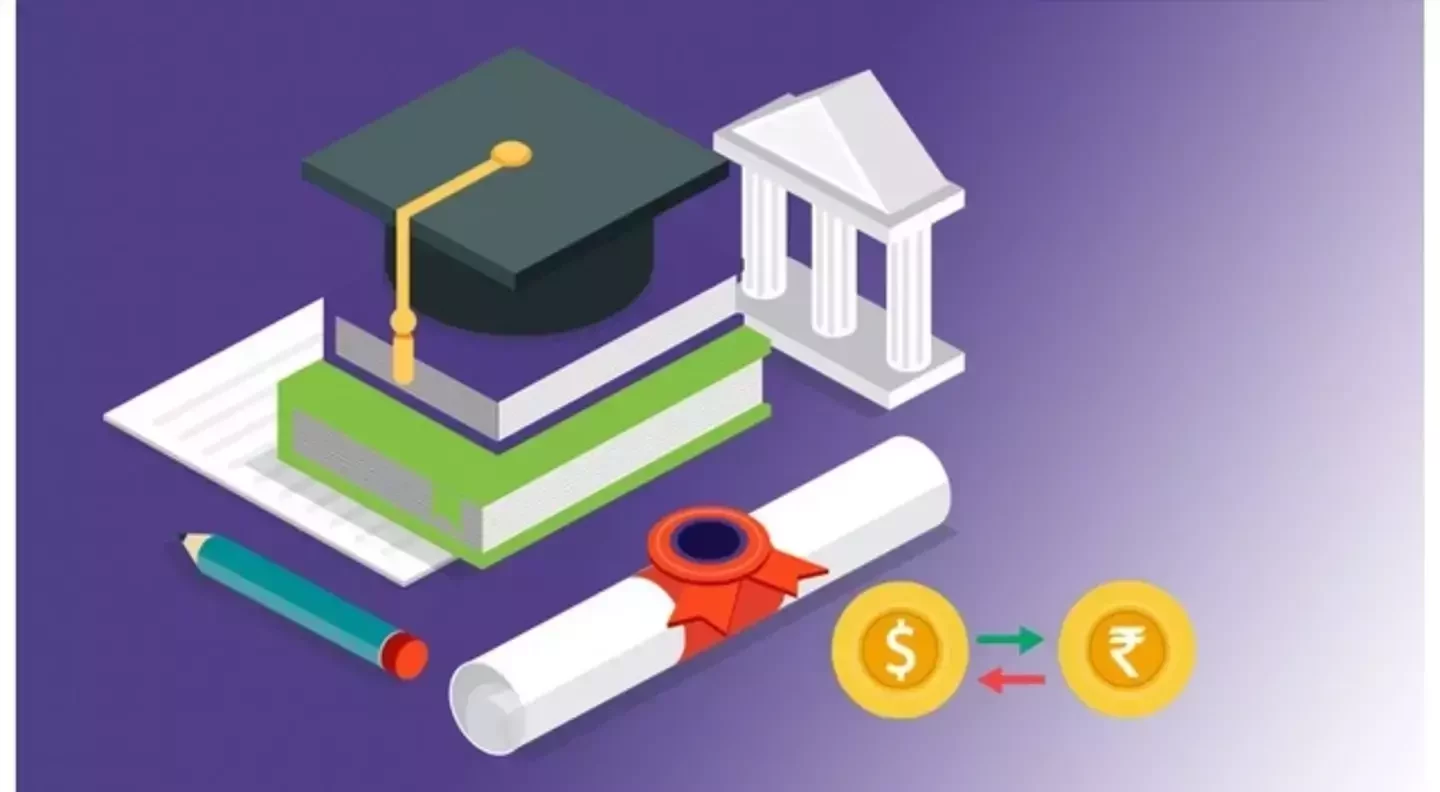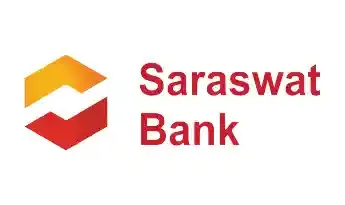Get instant loan offer suitable to your profile !


On this Page:
Discover effective tips to minimize your education loan interest. Learn strategies to reduce financial burden while studying abroad with expert advice.
Many people struggle to understand how to successfully handle school loans, particularly in terms of lowering or avoiding interest. Borrowers looking for respite from the financial burden of higher education frequently ask how to pay education loan without interest. This blog delves into these problems, providing insights and ideas for potentially lowering the interest on your student debt. Through a thorough examination of practical ways, we hope to provide readers with the knowledge they need to make educated decisions, making debt management a more manageable issue.

Education loan interest rates can be reduced by taking smart activities and making informed decisions. Borrowers can drastically reduce their interest load by refinancing at cheaper rates, taking advantage of government incentives, and repaying early. Furthermore, the choice between secured and unsecured loans, as well as government vs private lending choices, affects interest rates. Effective interest rate minimization can result in significant savings during the loan's life, making it an important consideration for borrowers seeking financial efficiency in their education financing plan.

Adopting effective ways for answering how to pay education loan without interest can save borrowers a significant amount of money. Here are some of the most effective tactics:
Borrowers can take advantage of a unique chance during the moratorium period. During this time, you are not compelled to make loan payments, although interest may accumulate. By paying off a portion or the entire amount of your loan during this period, you can dramatically lower the total interest that will accrue during the loan's lifetime. This proactive approach not only saves interest but also shortens the loan term, resulting in significant savings.
Scholarships and grants are effectively free money for your education that you don't have to repay, making them a great resource for lowering your reliance on loans. By applying for scholarships and grants, you can drastically reduce the amount you have to borrow. This directly affects the total interest cost by lowering the principal amount from the start. It is an approach that needs effort and perseverance, but it has the potential to dramatically reduce the cost of higher education.
Governments frequently recognize the cost of educational loans and provide subsidized programs to ease some of the stress. These subsidies can cover all or part of your interest payments for a set period of time, which is especially useful during the study period and moratorium. Eligibility may be determined by income, study program, or other criteria. Borrowers who take advantage of these schemes can effectively cut their interest payments, making education more accessible and cheap.
Also Read: Education Loan Subsidy Schemes by Indian Government
Increasing your EMI payments can have a significant impact on the total interest paid over the course of the loan. By paying more than the minimum necessary each month, you can reduce the principle balance faster, lowering the amount of interest accrued over time. This technique involves careful financial planning to ensure that the larger payments are doable within your budget, but it can drastically reduce your loan term and save money on interest. You may use our EMI calculator to see how making additional payments on your normal EMI will shorten the loan term.
Secured loans need security, such as property or investments, which often results in cheaper interest rates for lenders owing to the reduced risk. If you have the resources to provide collateral, a secured loan might be more cost-effective in the long run than an unsecured loan, which often has higher interest rates. This decision can effect the overall cost of borrowing, making secured loans an appealing alternative for individuals trying to reduce interest payments.
Refinancing your education loan, a plan for how to close education loan without interest, including taking out a new loan to pay off the old one, preferably at a lower rate or with better conditions. This can be a good tactic if interest rates have fallen or your financial status has improved since you took out the loan, resulting in better loan offers. Refinancing can result in considerable interest savings, lower monthly payments, or both, making it an effective strategy for controlling educational debt.
Some professions, particularly in public service or high-need areas, may be eligible for loan forgiveness or repayment aid programs. These programs can partially or completely erase your outstanding loan debt if you make a particular number of payments or work in a qualified profession for a set length of time. While the specifics differ, these initiatives can successfully cut or even eliminate the burden of loan interest, resulting in considerable financial savings.
Choosing a loan with tax benefits under Section 80E allows you to deduct the interest paid on an education loan. This advantage applies to loans made for higher education for yourself, your spouse, children, or a legal ward. The deduction has no upper limit and can be claimed for up to 8 years, or until the interest is entirely returned, whichever occurs first. It reduces your taxable income, so lessening your financial load.
Efficiently managing school loans is critical for decreasing long-term financial responsibilities, particularly when it comes to repaying education loans without interest. This blog discussed major ways for minimizing interest expenses, ranging from early repayment to refinancing and beyond. Implementing these strategies can result in considerable savings. If you're considering refinancing, check your eligibility with GyanDhan. Their services may assist streamline your loan administration, perhaps providing a more straightforward financial path forward in your educational adventure.
Read More About: Understanding External Benchmark Rate (EBR) in Education Loan

While it's not possible to obtain an education loan that is entirely interest-free, there are strategies to minimize the interest you pay over the life of the loan. This includes making early repayments during the moratorium period, refinancing at lower interest rates, and leveraging government subsidy schemes.
Refinancing your education loan can potentially lower your interest rates, which means you'll pay less over the loan's term. While it doesn't close your loan "without interest," it can significantly reduce the total interest paid, making it a strategic move for long-term savings. Thus when you refinance your education loan you might be able to pay more and get your loan tenure shortened.
Various government programs offer subsidies on education loan interest, especially for students from certain demographic or income groups. Some of these schemes are -




To be precise, scholarships and grants do not help you avoid paying interest on an education loan. However, they can serve as financial support, enabling you to use less of the approved loan amount and making repayment easier.
The types of collateral accepted in secured education loans are -



Yes, making partial prepayments on your education loan can reduce your interest. By paying a portion of the principal amount early, the outstanding loan balance decreases, which lowers the interest accrued over time. This can lead to reduced EMIs or a shorter loan tenure, ultimately saving you money on interest. Check with your lender for any prepayment charges before proceeding.
Check Your Education Loan Eligibility

Ask from a community of 10K+ peers, alumni and experts
Trending Blogs
Similar Blogs

Network with a community of curious students, just like you
Join our community to make connections, find answers and future roommates.. Join our CommunityCountry-Wise Loans
Best Lenders for Education Loan

ICICI Bank

Axis Bank

Union Bank

Prodigy

Auxilo

Credila

IDFC

InCred

MPower

Avanse

SBI

BOB

Poonawalla

Saraswat